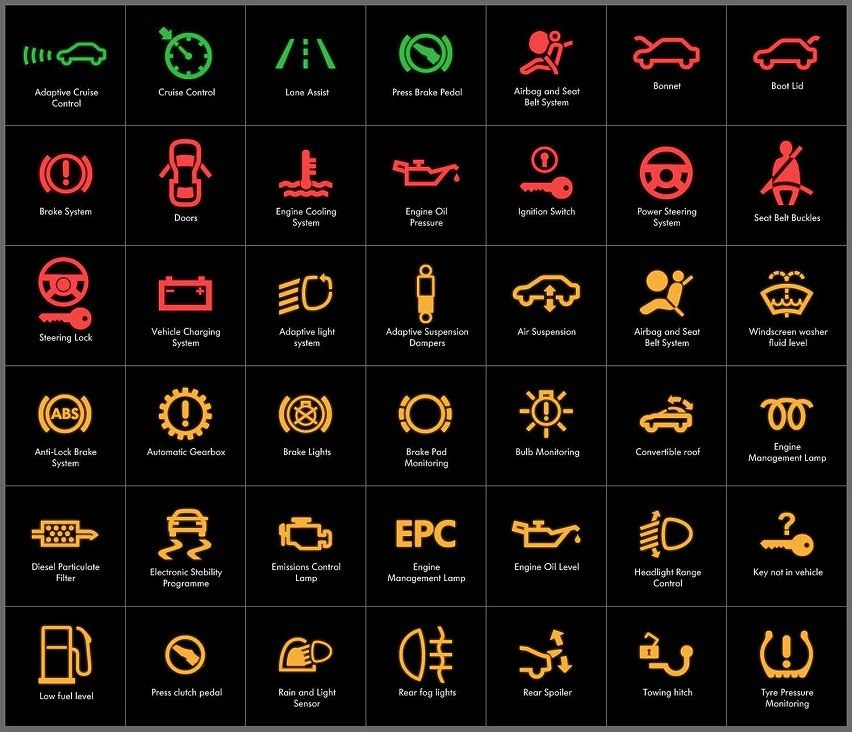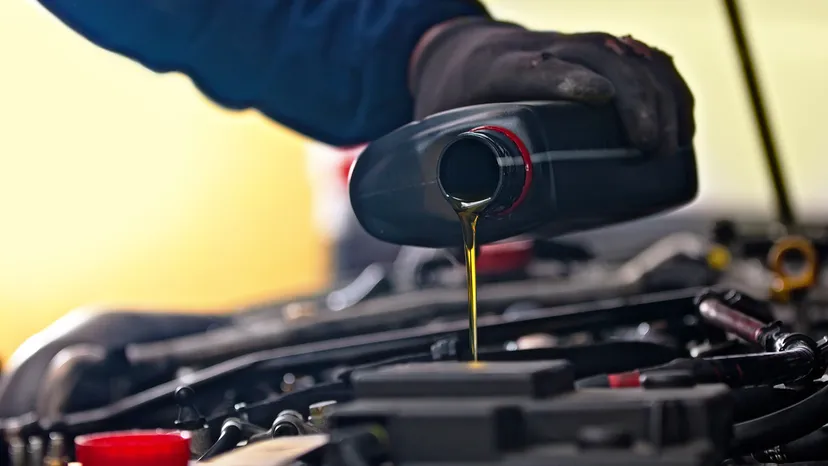As Toronto's temperatures drop and winter approaches, your vehicle faces some of the most challenging driving conditions of the year. Canadian winters are notoriously harsh, with temperatures regularly dropping below -20°C, combined with snow, ice, and road salt that can wreak havoc on unprepared vehicles.
Winter car maintenance isn't just about comfort and convenience – it's about safety, reliability, and protecting your automotive investment. A well-maintained vehicle not only performs better in cold weather but also helps prevent costly breakdowns when you need your car most.
Our certified technicians have been helping Toronto drivers prepare for winter since 1974. Through decades of experience with Canadian winters, we've compiled this comprehensive guide to ensure your vehicle is ready for whatever winter throws your way.
Complete Winter Maintenance Checklist
Critical Winter Maintenance Components
Battery & Charging System
Cold weather is your car battery's worst enemy. At -18°C, a battery loses approximately 50% of its cranking power, while your engine requires nearly twice the power to start. This combination often leads to the dreaded dead battery on the coldest mornings.
What to check:
- Battery age (most batteries last 3-5 years in Canadian climates)
- Terminal connections for corrosion and tightness
- Battery voltage under load (should be 12.6V at rest, 9.6V under load)
- Alternator output (13.5-14.5V while running)
- Battery case for cracks or bulging
Professional tip: Even if your battery survived last winter, have it load-tested before temperatures drop. A battery showing signs of weakness in fall will likely fail completely in winter.
Winter Tires & Tire Pressure
In Ontario, winter tires aren't legally required, but they're essential for safe winter driving. Winter tires maintain flexibility in cold temperatures and provide superior traction on snow and ice compared to all-season tires.
Winter tire benefits:
- Improved traction in temperatures below 7°C
- Shorter stopping distances on snow and ice
- Better handling in winter conditions
- Specialized tread patterns for snow evacuation
Tire pressure considerations: For every 5.5°C drop in temperature, tire pressure decreases by approximately 1 PSI. Underinflated tires reduce fuel economy, increase wear, and compromise handling – especially dangerous in winter conditions.
Cooling System & Antifreeze
Your engine's cooling system works year-round, and winter presents unique challenges. Proper antifreeze concentration prevents freezing while providing corrosion protection for vital engine components.
Essential cooling system maintenance:
- Test antifreeze concentration (should protect to -37°C minimum)
- Inspect coolant for contamination or debris
- Check hoses for cracks, soft spots, or bulging
- Examine thermostat operation
- Inspect water pump for leaks
- Test radiator cap pressure rating
Heating & Defrost Systems
Your vehicle's heating system isn't just for comfort – it's a critical safety component that keeps windows clear and ensures proper visibility. A malfunctioning heater can turn a winter drive into a dangerous situation.
System components to inspect:
- Heater core operation and coolant flow
- Blower motor function at all speeds
- Cabin air filter condition
- HVAC controls and temperature blend doors
- Defrost vent operation
- Rear window defroster functionality
Engine Performance in Cold Weather
Cold temperatures affect every aspect of your engine's performance. Oil thickens, reducing lubrication efficiency. Fuel atomization decreases, affecting combustion quality. These factors combine to make winter starting more challenging and potentially damaging to your engine.
Cold Weather Starting Tips
- Use the right oil viscosity: 5W-30 or 0W-30 oils flow better in cold temperatures
- Keep fuel tank full: Prevents condensation and ice formation in fuel lines
- Allow proper warm-up time: 30 seconds to 1 minute before driving, longer before demanding acceleration
- Consider engine block heaters: Especially beneficial in extremely cold climates
Windshield Washer System
Visibility is paramount in winter driving conditions. Road salt, slush, and grime can quickly obscure your windshield, making a properly functioning washer system essential for safety.
Winter washer system requirements:
- Use winter-grade washer fluid (rated to -40°C)
- Replace worn wiper blades with winter-specific blades
- Clean washer nozzles for proper spray pattern
- Check washer pump operation
- Inspect reservoir for cracks
Brake System Winter Considerations
Winter driving conditions place additional demands on your brake system. Ice, snow, and slush can reduce braking effectiveness, while road salt accelerates corrosion of brake components. Regular brake inspection becomes even more critical in winter months.
Key winter brake concerns include:
- Increased stopping distances on slippery surfaces
- Ice buildup around brake components
- Accelerated brake pad and rotor wear from road debris
- Brake line corrosion from road salt exposure
- ABS system performance in challenging conditions
Emergency Preparedness
Even the best-maintained vehicle can experience problems in severe winter conditions. Being prepared for emergencies can mean the difference between a minor inconvenience and a dangerous situation.
Winter Emergency Kit Essentials
- Booster cables and portable jump starter
- Emergency flares or LED warning lights
- Ice scraper, snow brush, and small shovel
- Sand or kitty litter for traction
- Warm clothing, blankets, and emergency food
- Flashlight with extra batteries
- First aid kit and emergency contact information
- Multi-tool and basic repair supplies
Professional Winter Inspection Benefits
While some winter preparation tasks can be performed by vehicle owners, a comprehensive winter inspection by qualified technicians provides several advantages:
- Specialized equipment: Professional-grade battery testers, coolant analyzers, and diagnostic tools
- Experience: Technicians trained to identify potential winter-related issues
- Preventive approach: Address problems before they lead to roadside breakdowns
- Warranty protection: Professional service maintains manufacturer warranty coverage
- Safety assurance: Peace of mind knowing your vehicle is winter-ready
Timing Your Winter Preparation
The ideal time for winter vehicle preparation is late September through early October, before temperatures consistently drop below freezing. This timing allows you to:
- Schedule service before the rush of winter breakdowns
- Take advantage of off-season pricing on winter tires
- Address any discovered issues before they become urgent
- Ensure parts availability for any necessary repairs
Ready to Winterize Your Vehicle?
Don't let winter catch you unprepared. Our comprehensive winter inspection covers all essential systems to keep you safe and reliable throughout the cold months ahead.
Schedule Your Winter Inspection

